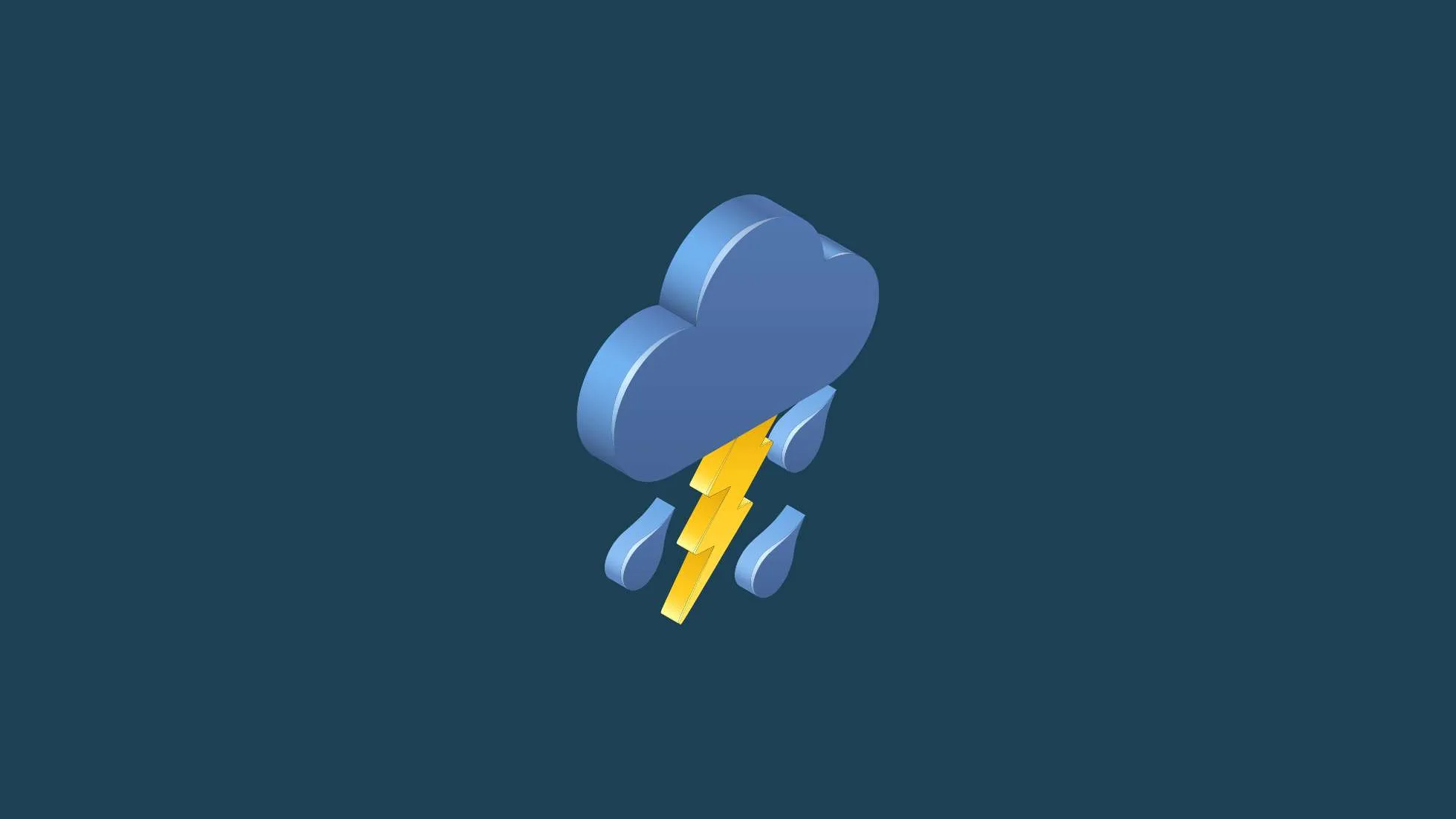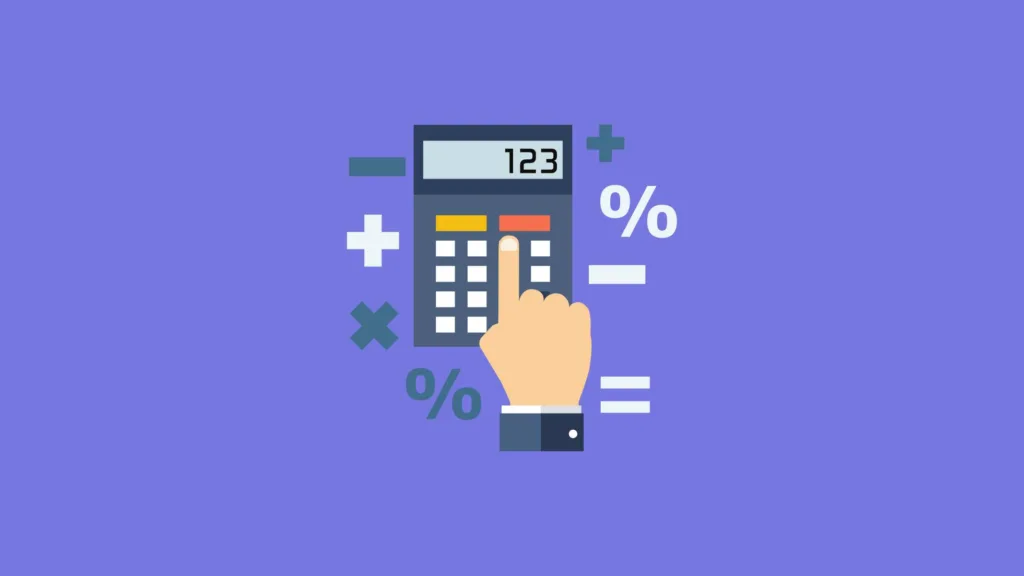Below is a simple Python web scraper example that uses the requests and BeautifulSoup libraries to pull information from a hypothetical blog website and present it in a readable format. This script will fetch the titles of blog posts listed on a webpage.
Requirements
- Python installed on your computer
requestslibrary installed:pip install requestsbs4library installed:pip install beautifulsoup4
Steps to Build the Web Scraper
Step 1: Import Required Libraries
First, import the libraries you’ll need.
import requests
from bs4 import BeautifulSoupStep 2: Fetch Web Page Content
Use the requests.get() method to fetch the HTML content of the website.
url = "https://www.example-blog-website.com/"
response = requests.get(url)
# Check if the request was successful
if response.status_code == 200:
page_content = response.text
else:
print("Failed to retrieve the webpage.")Step 3: Parse HTML Content with BeautifulSoup
Initialize a BeautifulSoup object and specify the parser you want to use.
soup = BeautifulSoup(page_content, 'html.parser')Step 4: Extract Information
For this example, let’s assume that each blog title is wrapped in an HTML h2 tag with a class name of "blog-title".
titles = soup.find_all("h2", class_="blog-title")Step 5: Present Data in Readable Format
Loop through the BeautifulSoup object to print the extracted data.
print("Blog Titles:")
for idx, title in enumerate(titles):
print(f"{idx + 1}. {title.text}")Complete Code for Web Scraper
Here is the complete code combining all the steps:
import requests
from bs4 import BeautifulSoup
def scrape_blog_titles(url):
response = requests.get(url)
if response.status_code == 200:
page_content = response.text
soup = BeautifulSoup(page_content, 'html.parser')
titles = soup.find_all("h2", class_="blog-title")
print("Blog Titles:")
for idx, title in enumerate(titles):
print(f"{idx + 1}. {title.text}")
else:
print("Failed to retrieve the webpage.")
# Replace with the actual URL you want to scrape
url = "https://www.example-blog-website.com/"
scrape_blog_titles(url)Save this code in a Python file and run it. If the URL you provided has h2 tags with class "blog-title", you should see the list of blog titles printed in the terminal.
Note:
Web scraping may be subject to legal and ethical considerations, and it’s essential to read and understand a website’s terms of service before scraping it. Always respect website robots.txt files and try not to overload the server.
FAQ
Here are some frequently asked questions (FAQs) along with their answers
Q1: What is a web scraper, and how does it work?
A1: A web scraper is a program that automates the extraction of data from websites. It works by sending HTTP requests to a website and then parsing the HTML content to extract the desired information.
Q2: Why use Python for web scraping?
A2: Python is a popular choice for web scraping due to its simplicity, readability, and a wide range of libraries like Requests and Beautiful Soup that make web scraping tasks easier.
Q3: What is the Requests library in Python, and how is it used in web scraping?
A3: The Requests library is used to send HTTP requests to web servers. In web scraping, it’s often used to retrieve HTML content from web pages, which can then be parsed to extract data.
Q5: What are the ethical considerations when web scraping?
A5: Web scraping should be done responsibly and ethically. Always check a website’s robots.txt file for scraping guidelines, avoid overloading servers with requests, and respect the terms of service of the website you are scraping.
Q6: What are some common challenges in web scraping with Python and Requests?
A6: Common challenges include handling dynamic content, dealing with CAPTCHAs, and maintaining a consistent scraping rate without being blocked by websites.
Q7: Can you provide an example of a simple web scraping script using Python and Requests?
*A7: Sure, here’s a basic example of how to scrape the titles of articles from a website:
import requests
from bs4 import BeautifulSoup
url = 'https://example.com'
response = requests.get(url)
if response.status_code == 200:
soup = BeautifulSoup(response.text, 'html.parser')
titles = soup.find_all('h2')
for title in titles:
print(title.text)
else:
print('Failed to retrieve the page')Q8: Are there any alternatives to Requests for making HTTP requests in Python?
A8: Yes, besides Requests, you can use libraries like urllib, aiohttp, or httpx for making HTTP requests in Python.
Q9: How can I handle authentication while web scraping with Requests?
A9: You can handle authentication by providing the necessary credentials in the headers of your request or by using authentication cookies, depending on the website’s authentication method.
Q10: Is it legal to scrape data from websites for personal or business use?
A10: The legality of web scraping depends on various factors, including the website’s terms of service and the nature of the data being scraped. It’s important to review and comply with the website’s terms and seek legal advice if necessary.
Please note that while web scraping can be a powerful tool, it’s essential to use it responsibly and in accordance with legal and ethical guidelines.




